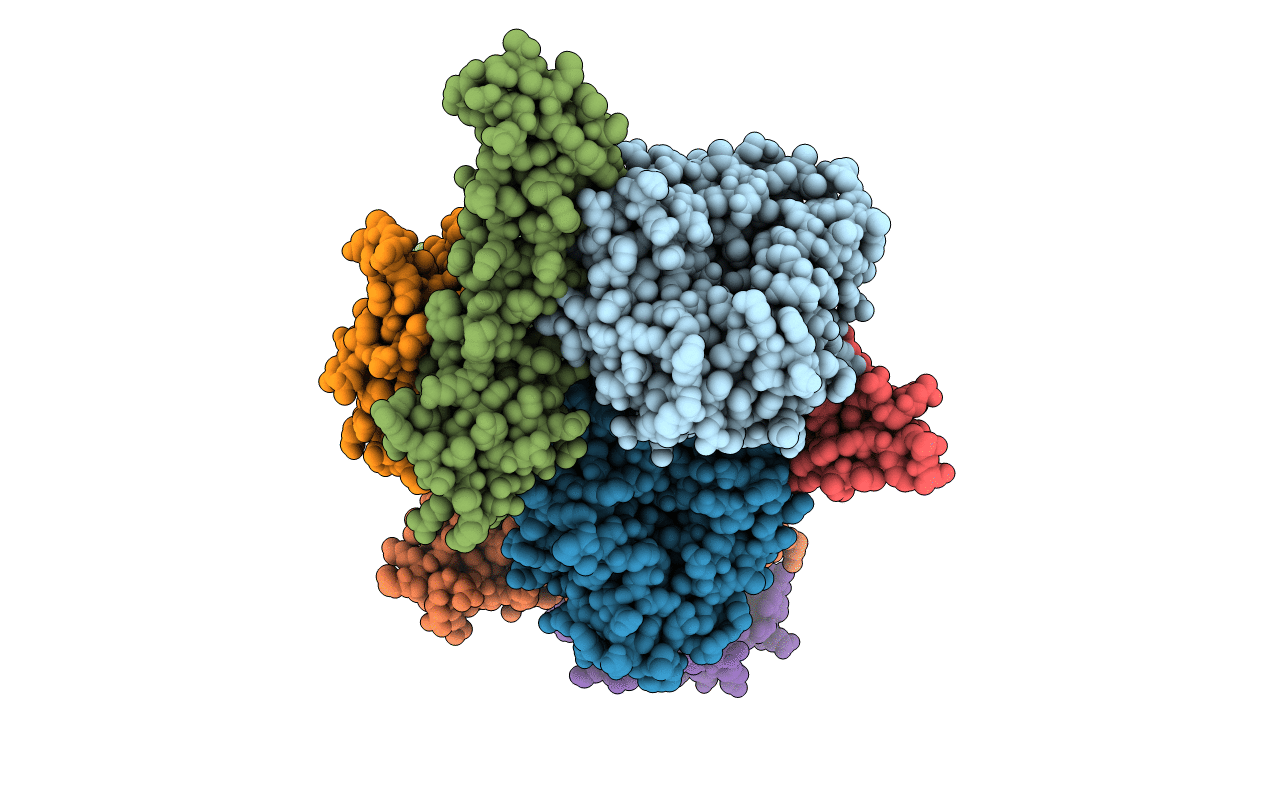
Deposition Date
2017-03-02
Release Date
2017-12-06
Last Version Date
2024-10-16
Entry Detail
PDB ID:
5NBQ
Keywords:
Title:
The structure of the tripartite complex between OspE, the C-terminal domains of factor H and C3dg
Biological Source:
Source Organism:
Homo sapiens (Taxon ID: 9606)
Borreliella burgdorferi (Taxon ID: 139)
Borreliella burgdorferi (Taxon ID: 139)
Host Organism:
Method Details:
Experimental Method:
Resolution:
3.18 Å
R-Value Free:
0.26
R-Value Work:
0.23
R-Value Observed:
0.23
Space Group:
P 21 21 2


